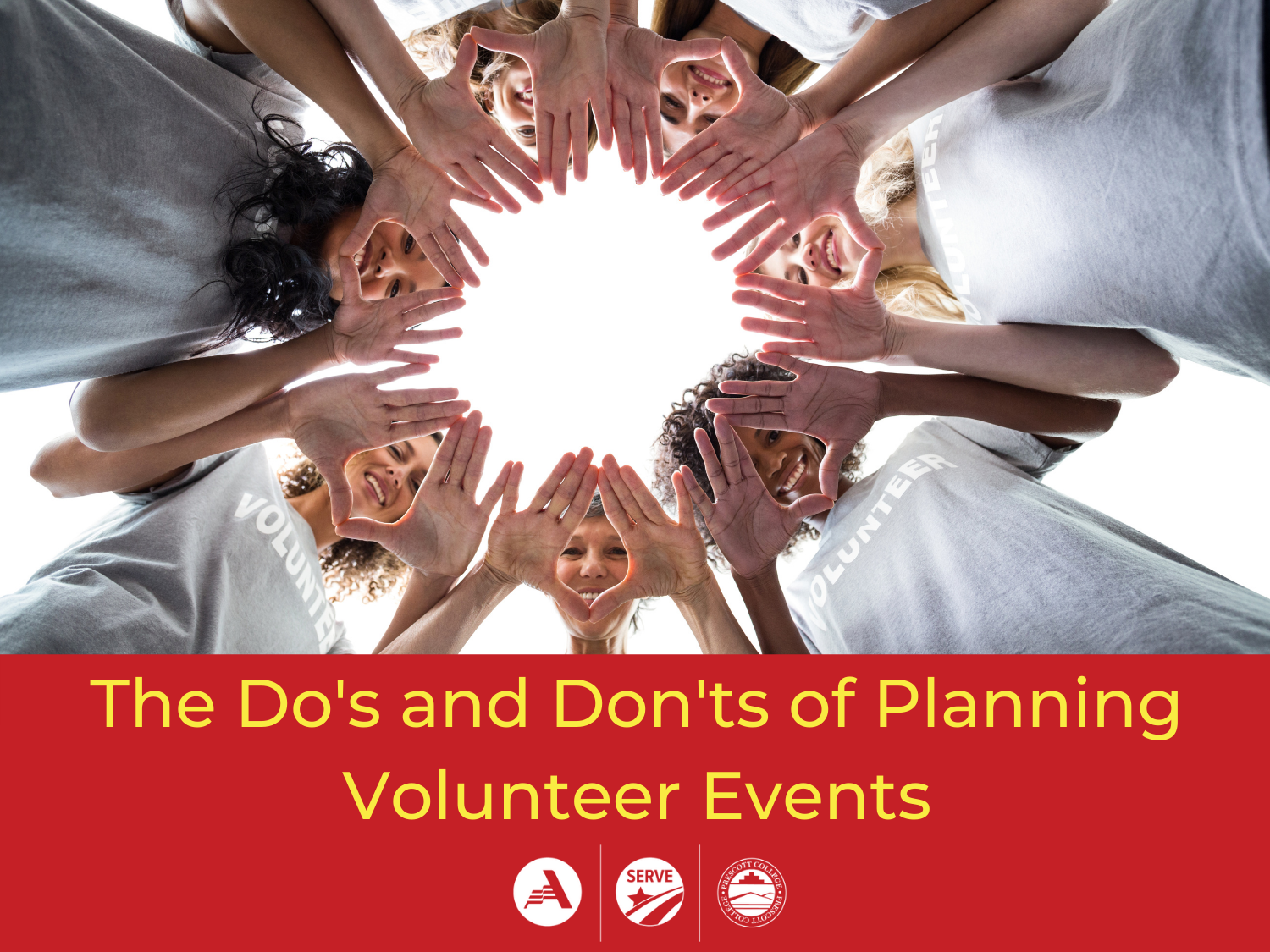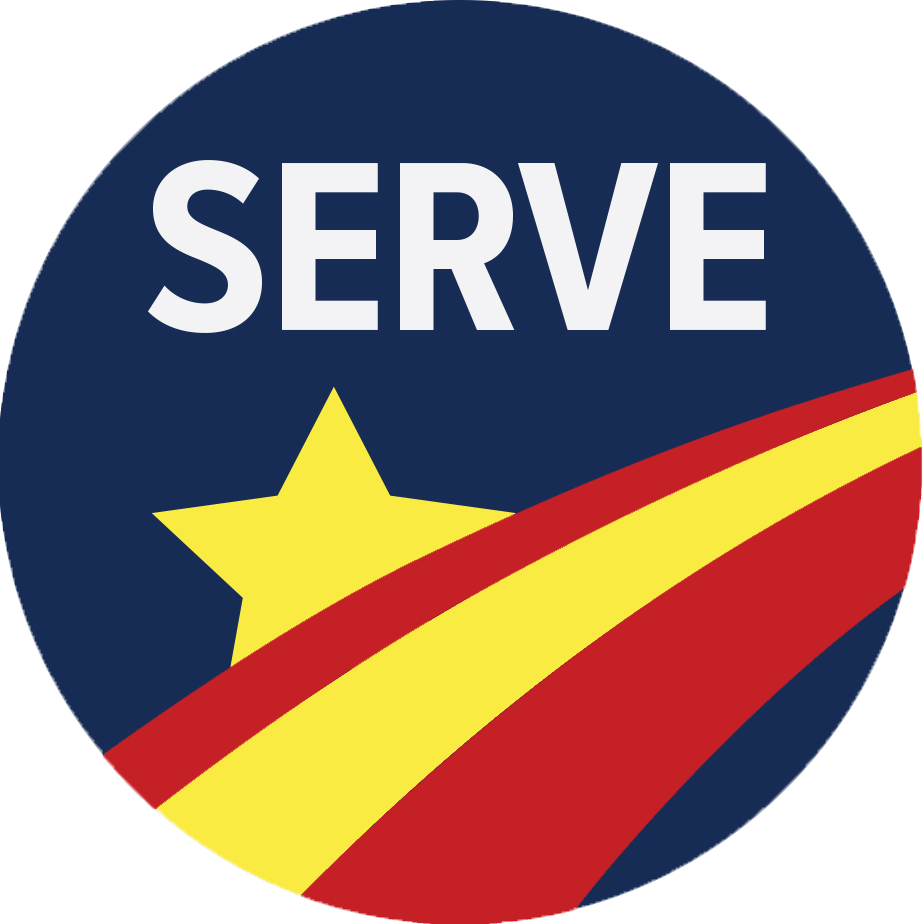
Planning volunteer events can be tricky.
So much can go right, so much can go wrong, and we AmeriCorps members often have to make the difference. We have to be ready to juggle everything and catch the plates that get dropped, or else they might all come crashing down, but that’s easier said than done.
Afterall, starting is the hardest part.
Like anything else, event planning gets easier with practice, but everyone has to begin somewhere. If you don’t have much experience, it’s best to plan ahead. Start working at least six weeks in advance, and take the time to figure out what your organization has done before.
During the preliminary stages, networking is critical, and if your organization has existing connections, it can make securing partners and donations much easier. If they don’t, however, you’ll have to build relationships from scratch, and that takes time.
Begin by creating a list of everything you need from donations to partners, then research your community to find at least two organizations that could meet each of your needs. This will be time consuming up front, but the redundancy will likely save you from a last minute scramble.
Then reach out to the organizations on your list to see what they can provide.
If you’re looking for partner organizations to provide volunteers,
Keep a detailed contact list, and familiarize yourself with their organization specific timetables. Even if you’re planning ahead, many non-profit organizations won’t be able to commit to specific details until a week or two before your volunteer event. If you run into that challenge, regularly check in and set specific dates for when you’ll need details.
If you’re looking for donations,
Redundancy is your friend. Ask multiple businesses for any supplies you might need. Some will say yes, some will say no, and many will forget about you entirely, but if you are persistent, many places, from local shops to corporations, will provide for your material needs.
Also consider reaching out to larger charities, like United Way or Kroger for direct funding, instead of in kind donations. If you manage to secure a cash donation, you can compensate for the materials that you cannot get directly donated.
Be aware of some common day-of pitfalls.
Many inexperienced event planners get their project together on time, but they forget to think about the logistics of the event itself. That’s understandable, but there are three things you should make sure to plan for no matter what: food, restrooms, and first aid. In other words, make sure that your volunteer’s physical needs are met and that you have a plan in case of an emergency.
So what does this look like in practice?
This year for MLK Day, we here at Arizona Serve successfully organized a volunteer event at the Launchpad Teen Center to help overhaul their new community space, while in Tucson we did the same with Serve Tucson to clean a local Boys & Girls Club and a school.
- We secured our partner by reaching out to them two months in advance to get a commitment to host a project for MLK day, then we reached out again three weeks later to finalize the details.
- In Prescott, we secured donations by reaching out to various businesses in the area. For example, our local United Way is providing food, our local Shermin Williams is providing paint, and our local Walmart is providing rags, gloves, and other spare supplies. All the while, Safeway provided a cash donation that could cover any surprise expenses. In Tucson, we received donations from Trader Joe’s, Food Conspiracy, and Safeway to cover all needs for feeding our members during their service projects.
- We checked the project site itself to ensure that volunteer supervision, restroom access, and first aid availability in the case of emergencies.
All in all, our event was a success, and yours can be too.
